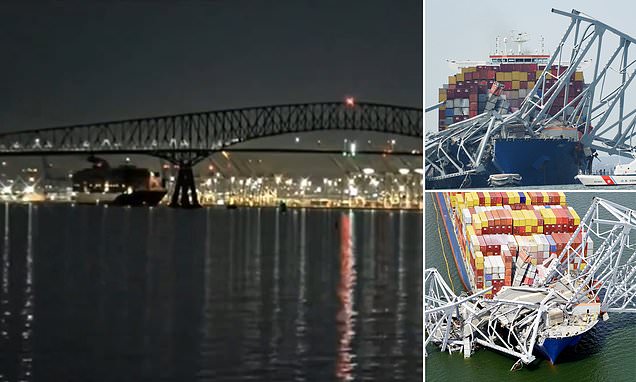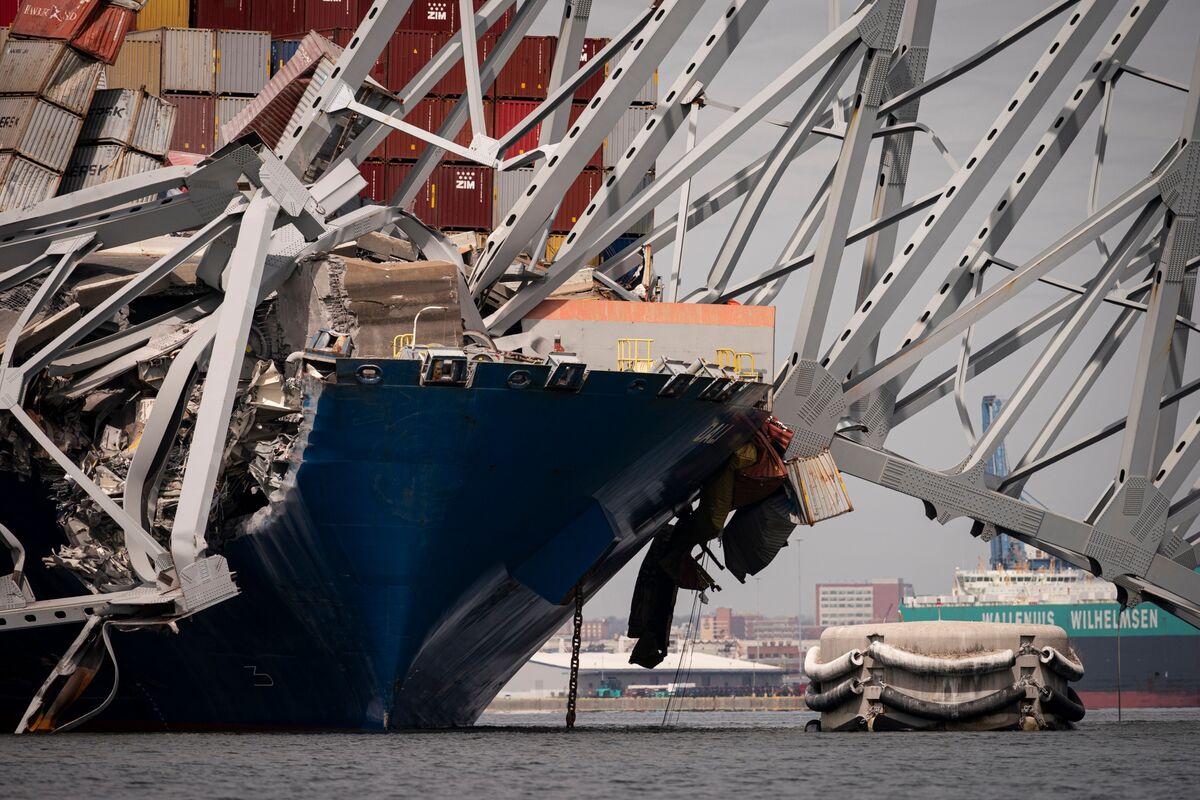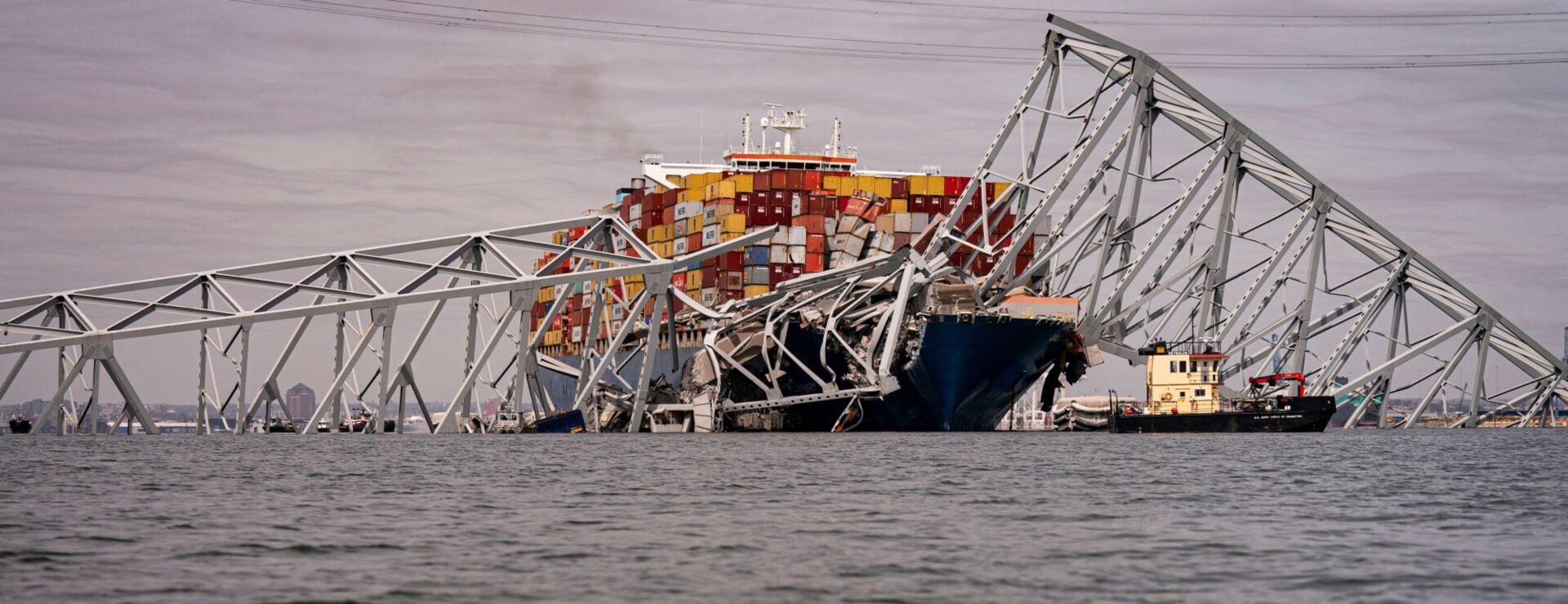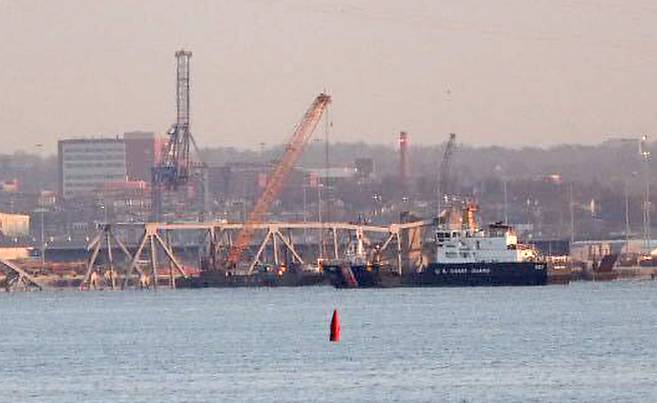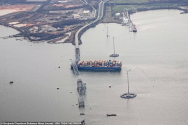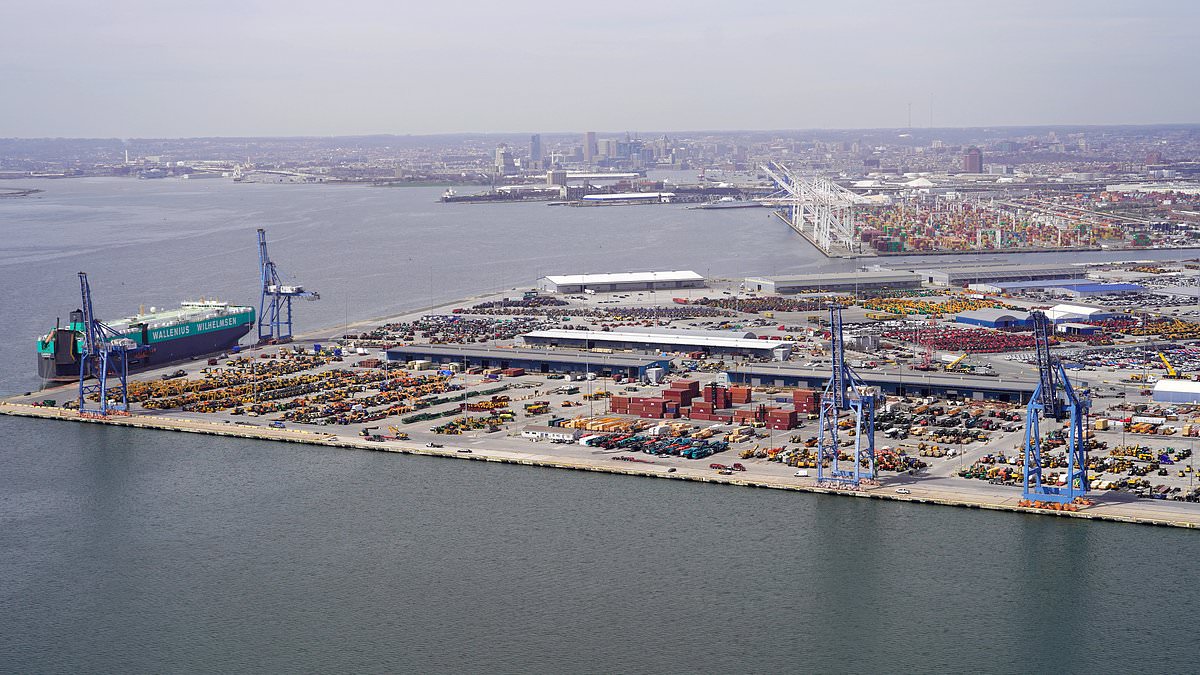The Singaporean owner of the cargo ship that
took down the bridge is expected to invoke a law dating back to the 19th century that limits the liability of ships’ owners, according to Lawrence Brennan, a law professor at Fordham University in New York. The law is similar to one used by the Titanic’s owners after that “unsinkable” liner hit an iceberg.
The owner of the ship that rammed into a Baltimore bridge could face hundreds of millions of dollars in damage claims after the accident sent vehicles plunging into the water and threw the eastern US transportation network into chaos.

www.bloomberg.com
Damages claims are likely to fall on the ship owner and not the agency that operates the bridge, since stationary objects aren’t typically at fault if a moving vessel hits them, said
Michael Sturley, a maritime law expert at the University of Texas at Austin’s School of Law.
But an 1851 law could lower the exposure to tens of millions of dollars by capping the ship owner’s liability at how much the vessel is worth after the crash, plus any earnings it collected from carrying the freight on board, said
Martin Davies, the director of Tulane University’s Maritime Law Center.
The ship owner’s insurance would help the company through the legal risks. About 90% of the world’s ocean-bound cargo is insured by an arm of the International Group of Protection and Indemnity Clubs, which oversees the 12 major mutual insurance associations for ship owners.
The owner of the ship that rammed into a Baltimore bridge could face hundreds of millions of dollars in damage claims after the accident sent vehicles plunging into the water and threw the eastern US transportation network into chaos.

news.bloomberglaw.com

